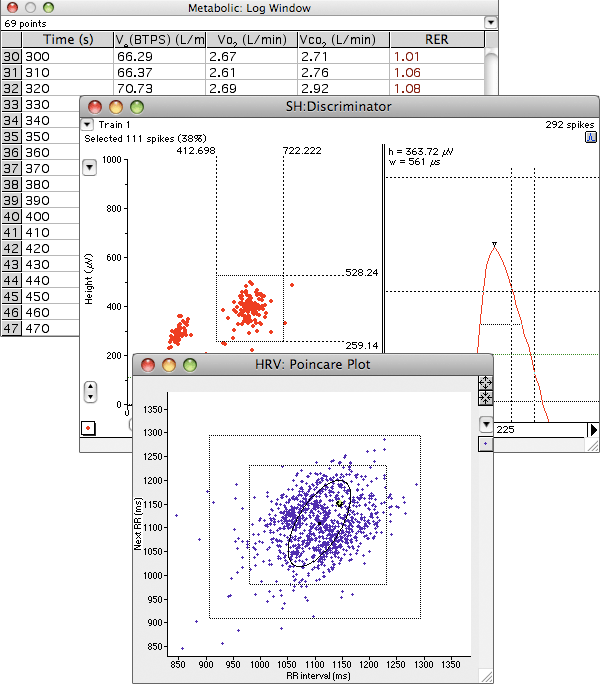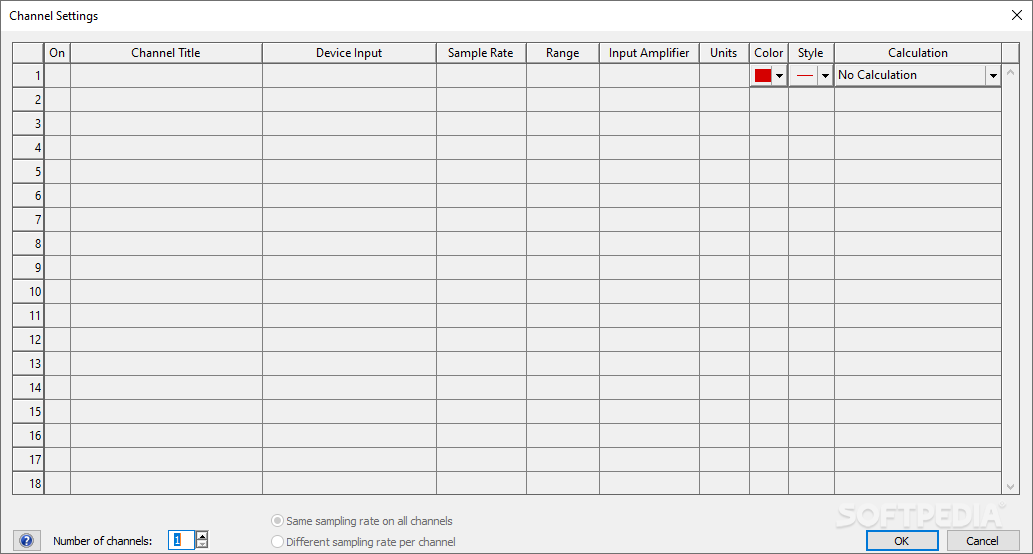


We further hypothesized that these alterations in quadriceps activity would be associated with deficits in rapid voluntary torque development. We also hypothesized that electromyography (EMG) in these patients would reveal significant asymmetries in quadriceps activation between limbs during the early period of fast voluntary contractions (within the first 200 milliseconds). We hypothesized that significant side-to-side asymmetries in knee extensor rapid torque development capacity would be observed at the midpoint and end of the postoperative rehabilitation treatment course after APM (at about 2 and 5 weeks after surgery).

20, 22, 56 To our knowledge, no published reports have investigated RTD capacity and associated neuromuscular factors following APM. Comparing data from artificially evoked and voluntary tests can provide insight on the neuromuscular determinants of RTD. 19, 24 Performing voluntary isometric contractions as fast and hard as possible provides information on a person's ability to recruit and use the rapid contractile capacity of muscles. 1, 20, 56 High-frequency supramaximal electrical or magnetic stimuli are an effective method of evaluating speed properties of muscle (ie, contractile properties). Additional research is needed to define the clinical value of testing and addressing RTD in patients following surgery.Īnalysis of RFD or RTD may use a number of different measurements from the slope of the rising force-time curve. 6 These early studies identify a lack of potentially important knowledge in orthopaedic and sports rehabilitation regarding rapid force development capacity. 45, 49 Diminished RFD capacity has also been found to persist after strength deficits have normalized. The tests are identical physiologically the only difference is in the measurement instrumentation.ĭeficits in RFD have been observed to significantly exceed deficits in strength in people post ACL reconstruction. 56 Rate of force development is quantified by the use of strain gauges or load cells, while RTD is used when a servo motor (torque motor or dynamometer) is utilized to obtain the same measurements. 57 Rate of force or torque development capacity is tested by having patients perform contractions as fast and hard as possible against resistance in an isometric design. 4, 11, 17, 41, 57, 65, 66, 70 Researchers have recently published reports including assessments of rate of force or rate of torque development (RTD) in patients following anterior cruciate ligament (ACL) reconstruction 6, 12, 43, 45, 48, 49 and total knee arthroplasty. Research in geriatrics suggests that functional ability, safety in movement, and patient-reported outcomes are more closely linked to rate of force development (RFD) and lower extremity power than peak strength. 15, 33, 67 Thus, the ability to rapidly activate muscle and/or rapidly develop muscular force may be essential to maintaining or improving function. Investigations of lower extremity muscle activation patterns during walking, running, and other common movements indicate that many activities are characterized by patterns of rapid muscle activation and relaxation. 53, 59, 62 However, peak strength is rarely used in daily and sports activities because the timing of most movements precludes generation of peak muscular force. Knee strength testing is a common performance-based outcome measure after knee surgery, including APM. 72, 73 Quadriceps muscle atrophy, weakness, and inhibition are found in both the short 28, 81 and long term 9 following APM. However, research has shown that people undergoing knee arthroscopy to address meniscus lesions present with notable deficits in quadriceps strength and neuromuscular function both prior to 79 and following surgery, 2, 3, 29, 31, 35, 39, 59, 80, 81 which may contribute to abnormal movement biomechanics 28, 39, 63 and limit knee-related quality of life. 54, 87 The current standard of practice is to allow patients to resume normal activities with little to no supervised postoperative physical therapy. This reproducible, minimally invasive procedure is typically followed by a rapid return to daily, work, and sports activities. 18, 47 The goal of this procedure is to reduce or eliminate symptoms attributed to a torn or compromised meniscus by creating a stable rim. About 500 000 arthroscopic partial meniscectomy (APM) surgeries are performed in the United States each year, with direct medical costs of about $4 billion.


 0 kommentar(er)
0 kommentar(er)
